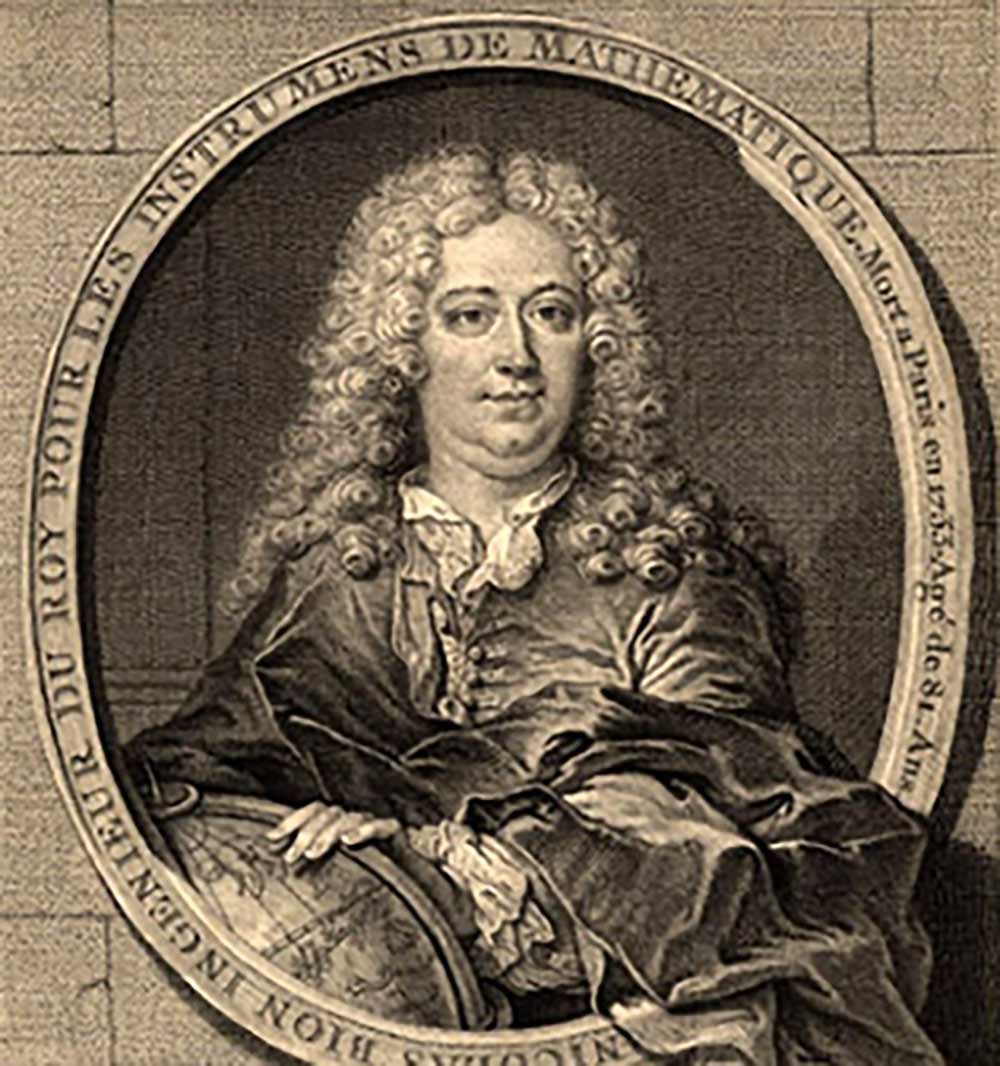
Nichols Bion (c1656-1733) had the title of Ingénieur du Roi to Louis XIV, and his name was frequently referenced during his time and in many years which followed. He was professionally active from 1681 to 1733. In addition to making scientific instruments, he wrote several books about their application. Author of one of the most important books on scientific instruments: Traite de la construction et principaux usages des instruments de mathematique. This work was first published in Paris in 1709, with several later editions and reprints. Jean-Baptiste-Nicolas Bion (1690-1775) was his son and co-worker, who was also a leading 18th century scientific instrument maker.
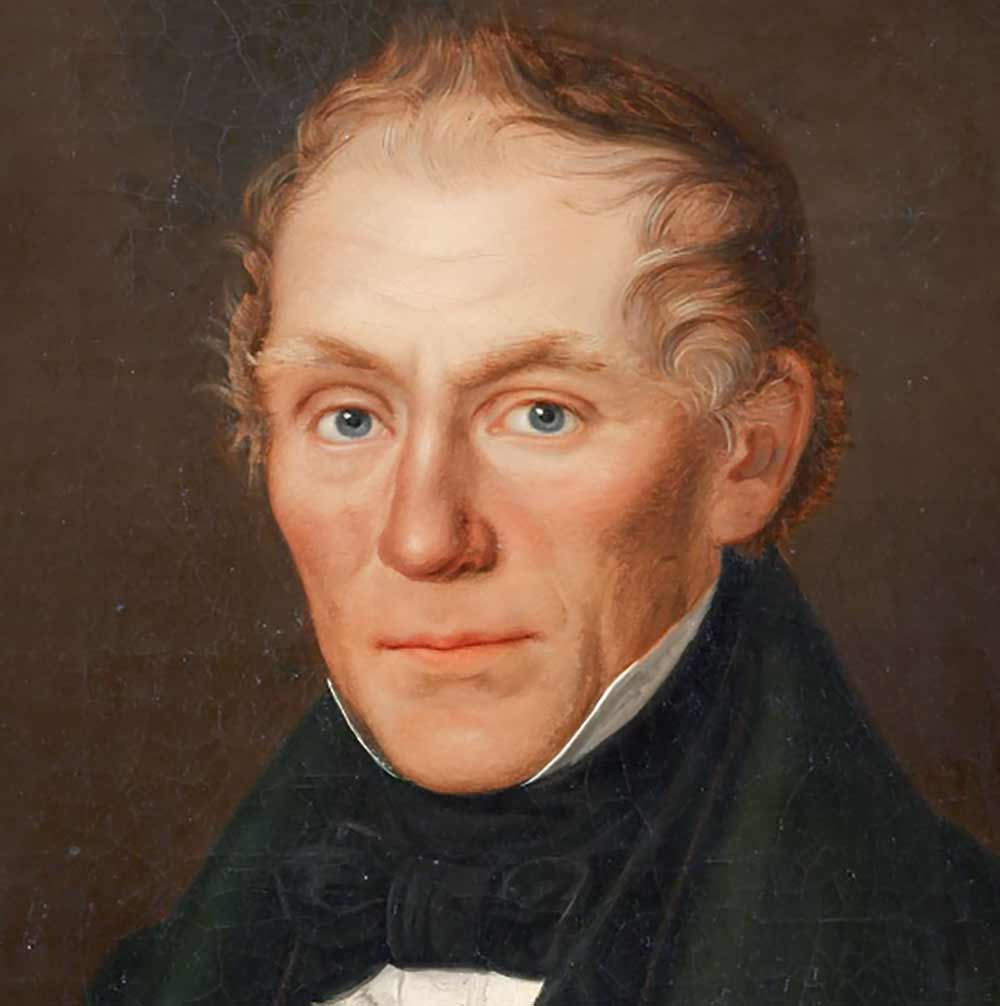
Kaspar von Faber (1730-1784) after finishing his education, trained as a carpenter. In 1758 he moved from the town of Langenzenn to the municipality of Stein close to near Nuremberg. In 1761 he opened his small workshop there, where he produced traditional pencils. During Faber’s lifetime, his pencil production business expanded and laid the foundation for an initial small pencil factory. Johann Lothar Freiherr von Faber, his great-grandson expanded his business into well- known Faber-Castell writing instruments brand in the middle of the 19th century. The company is still owned by Faber’s family descendants, continuing their business in the eighth generation.
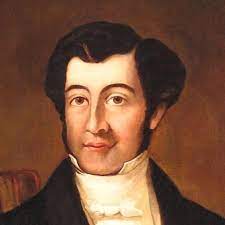
Joseph Bramah (1748-1814) in the early 1800s worked as the successful engineer and well-known inventor. Amongst many other inventions, Bramah was selling his quill nibs called ‘fragments forms’ and in 1809 he saw his patent No. 3260 published for a device to cut multiple quill pen-nibs from the same feather. The nib was then inserted into the holder, making it the highly popular and successful pen of its time. These advanced for its time volume made quill slip-nibs were the precursors of the much-improved steel slip nibs, and it was the Bramah invention that apparently first introduced to the public the application and use of slip-nibs into a holder.
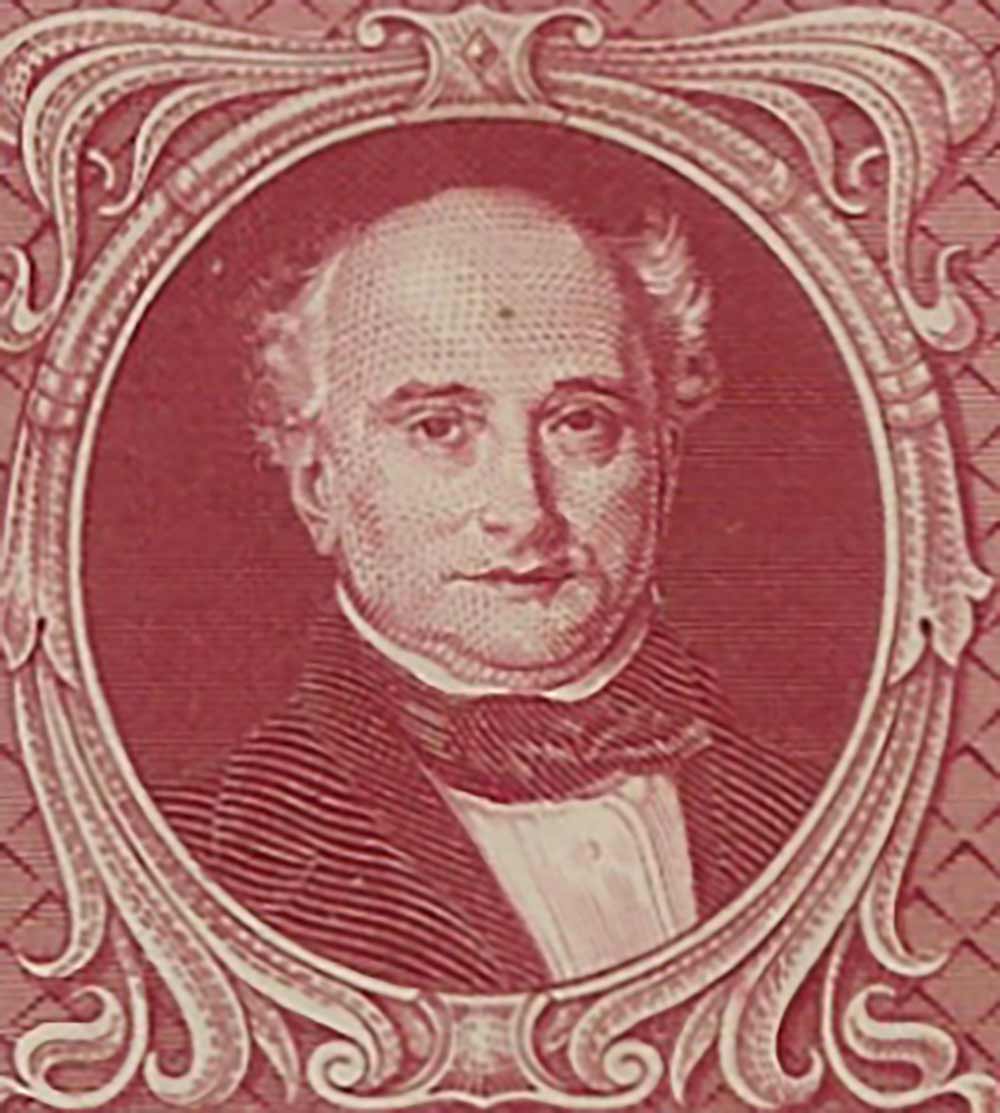
Thomas de la Rue (1793-1866) was a printer from Guernsey who founded De La Rue Company, a printing business which still is one of the world’s largest commercial security printers and specialist papermakers. In 1831, de la Rue was granted the right to print playing cards, making it the first company to do so; it printed its first pack the following year. By 1837 his wife, his two sons William Frederick and Warren De la Rue and his eldest daughter were all involved in the business. In 1905 de la Rue, had started producing high-end fountain pens first in Bunhill Row in London, and then in Scotland. By the 1920s the range had grown into a large collection of fountain pens including the ONOTO brand.
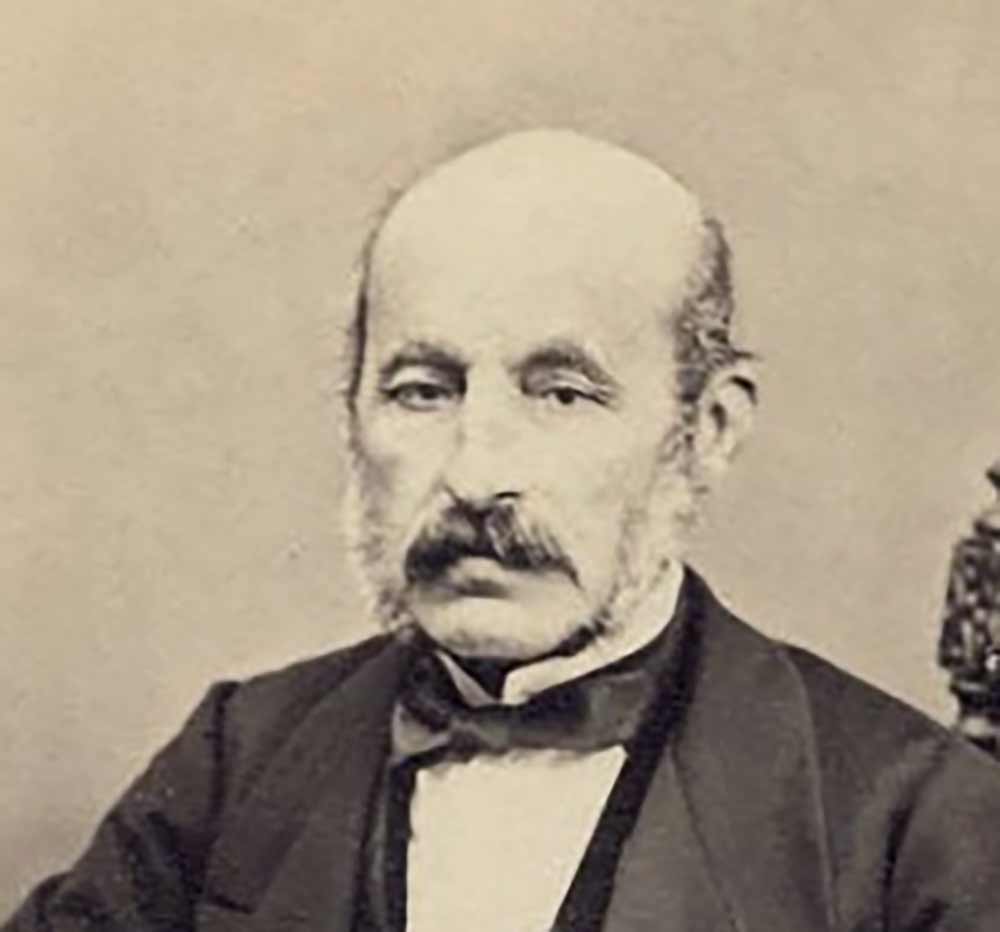
Petrache Poenaru (1799-1875) in 1826 went to France from Romania and attended the École Polytechnique in Paris, where he studied geodesy and surveying. Whilst in Paris he invented a fountain pen that used a swan’s quill as an ink reservoir. On 25th May 1827, the Manufacture Department of the French Ministry of the Interior registered Poenaru’s Patent No. 3208 including its formal description “plume portable sans fin, qui s’alimente elle-meme avec de l’ancre” or “never-ending portable pen, which recharges itself with ink”. He was a mathematician, physicist, engineer, teacher and organizer of the educational system.
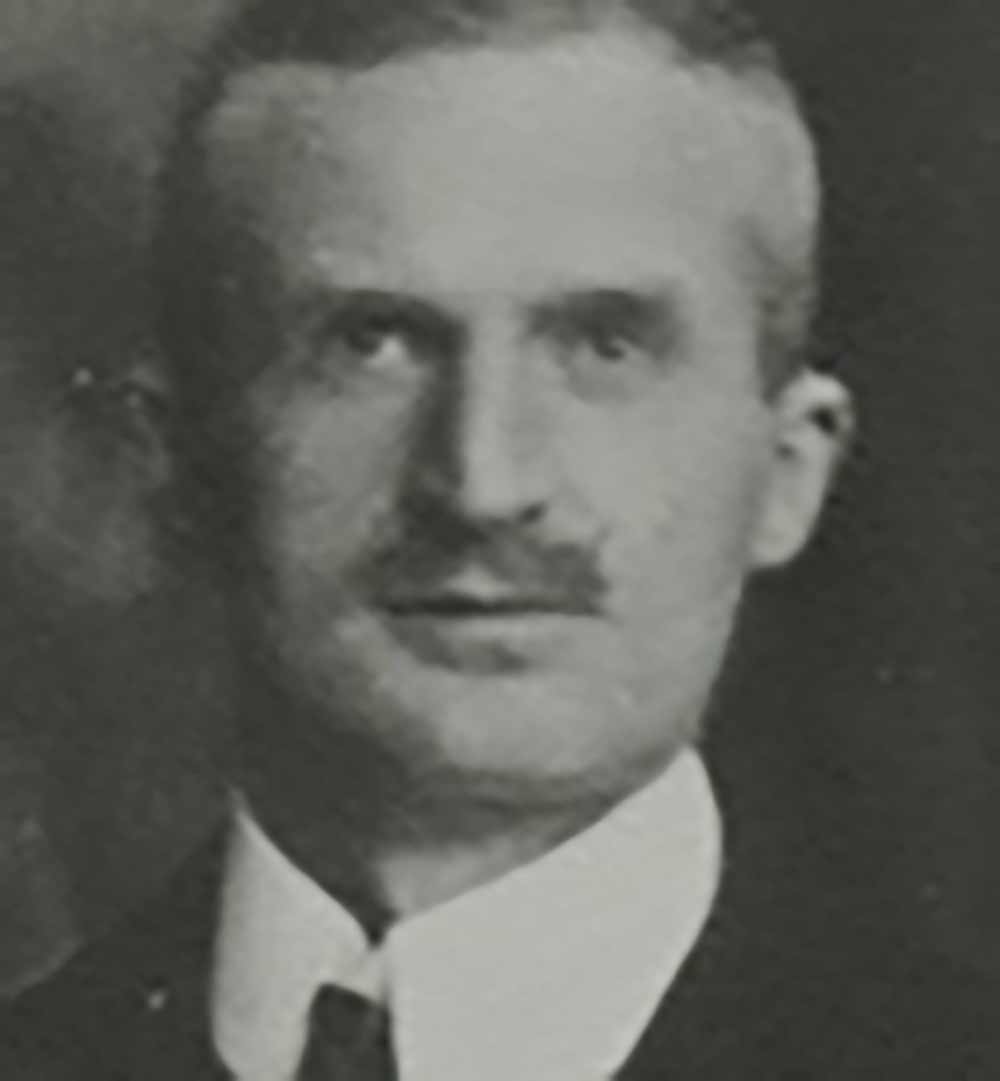
Alfred Nehemias (1871-died prematurely before WWI) was a Hamburg banker, who together with a Berlin engineer, August Eberstein, produced simple pens in 1906. Very soon, Wilhelm Dziambor, Christian Lausen, and later Claus Johannes Voss took over the original business. Their first model was the Rouge et Noir in 1909 followed in 1910 by the pen that was later to give the company its new name, Montblanc. The Meisterstück name (‘Masterpiece’, the name used for export production) was first used in 1924. The original company was incorporated in 1908. Its current name was adopted in 1934.
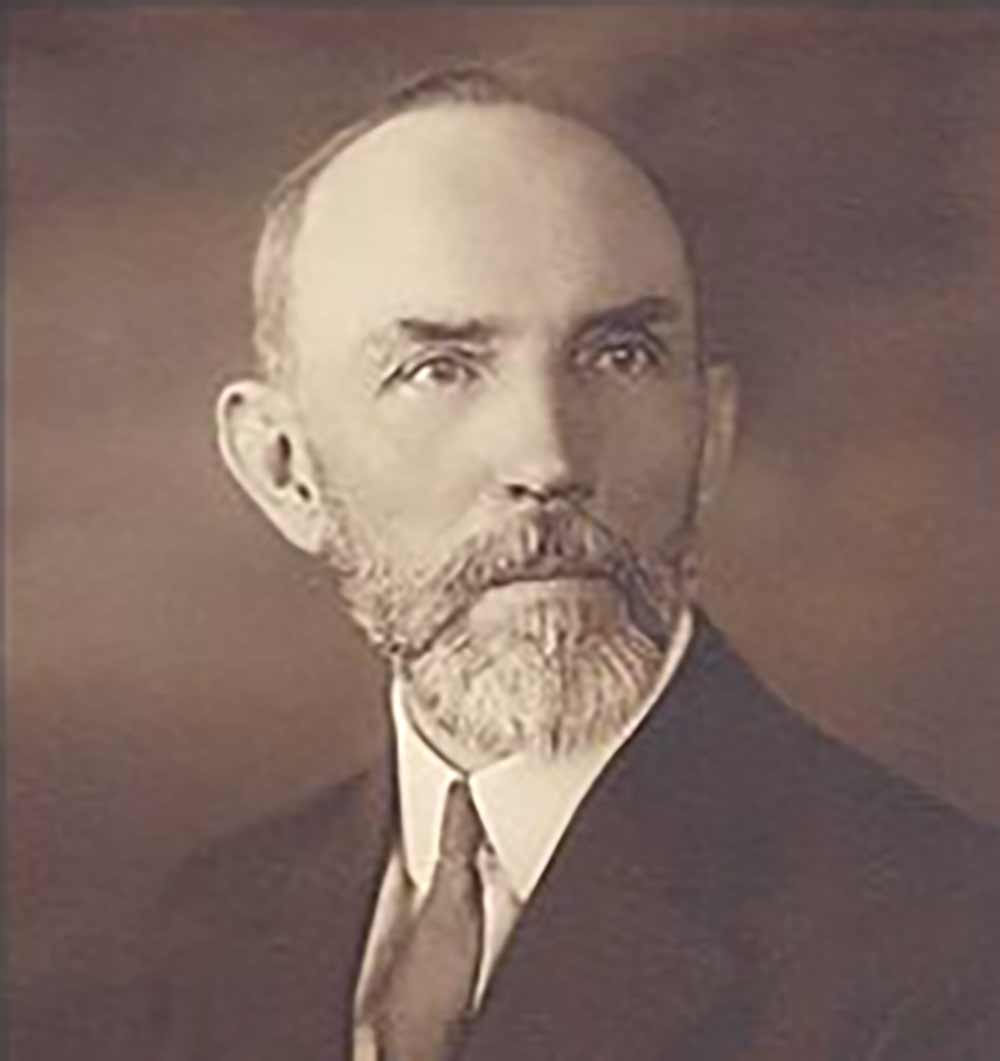
August Eberstein was a German engineer, co-founder of Montblanc brand. In 1902 he moved to Europe also working in USA in factories of witing instruments. Montblanc International is a German manufacturer of well-known writing instruments, watches, jewellery and leather goods, identified by their “White Star” brand logo. Founded by the banker Alfred Nehemias, the engineer August Eberstein and the stationer Claus-Johannes Voss in 1908, the company began as the Simplo Filler Pen company producing up-market pens in the Schanzen district of Hamburg.
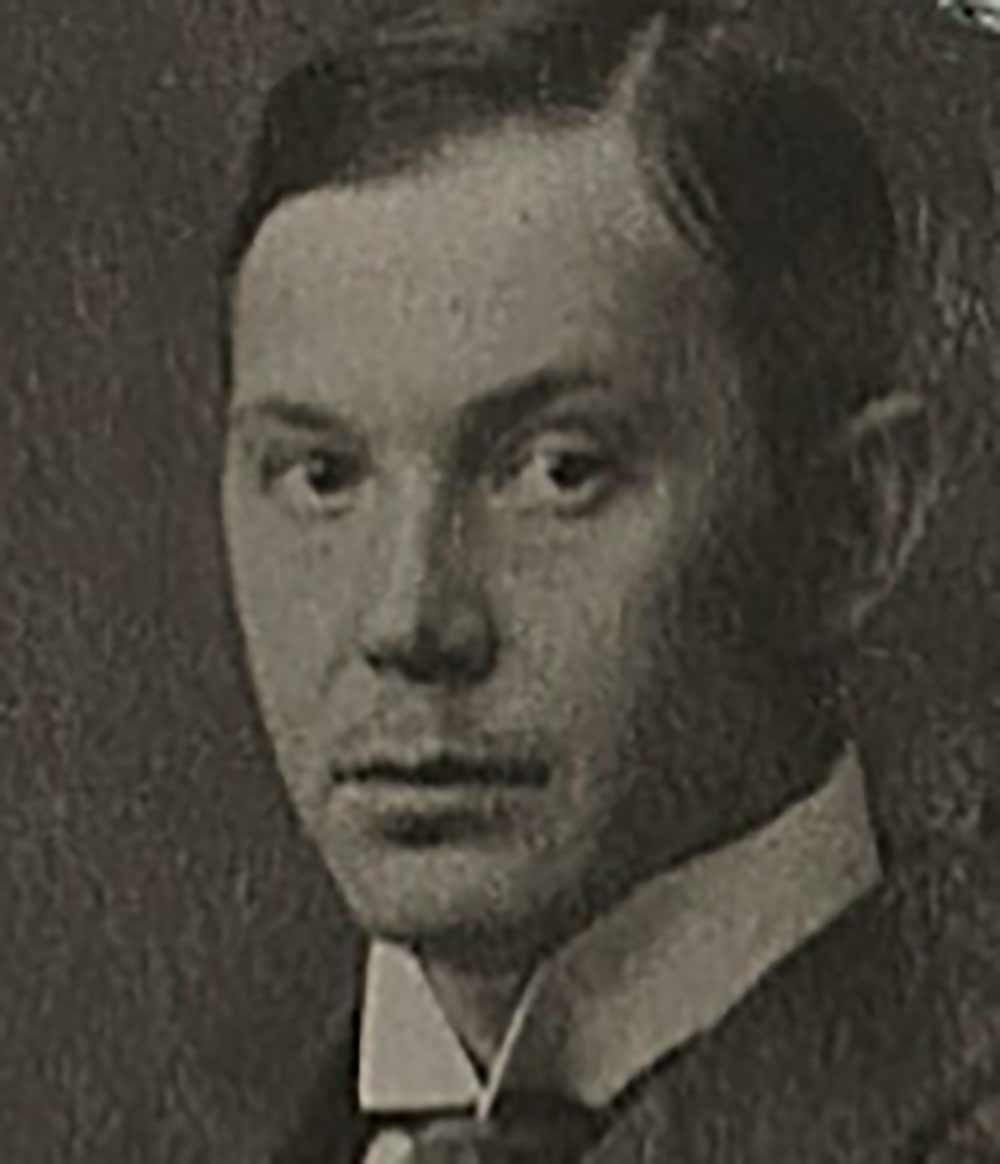
Claus Johannes Voss was one of the three men who together would set Montblanc on its journey to becoming a worldwide brand. The Meisterstück pen was launched in 1924, and the 149 Montblanc fountain pen model soon became a style icon of its time. By the end of the 1920s, Montblanc had become an international brand, known in 60 countries. Some of this success can be accredited to their advertising methods. In 1929, the Meisterstück nib was engraved with ‘4810’, representing the height of Mont Blanc of 4,810 metres. Following suit, all future Meisterstück nibs were engraved with the number.
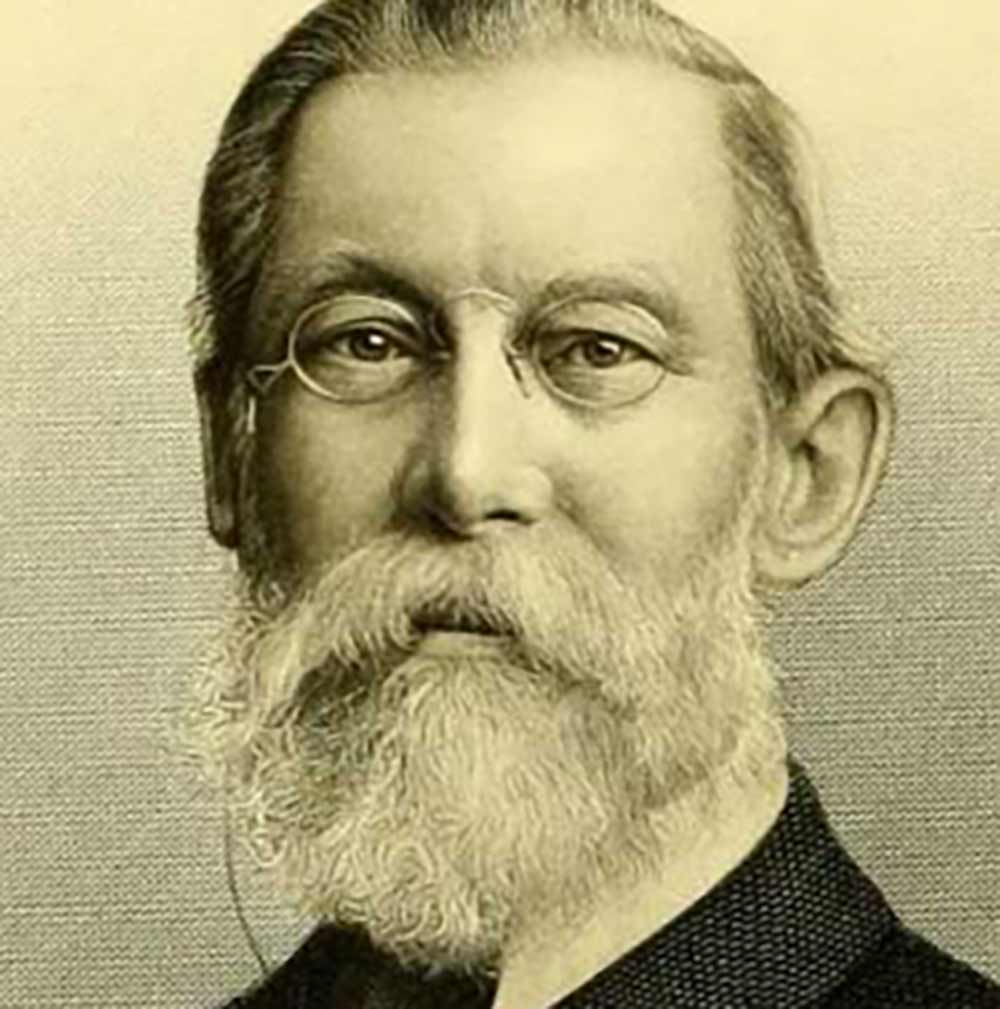
Lewis Waterman (1836-1901) was an American inventor. Waterman was born in Decatur, New York on 20thNovember, 1836. He held multiple fountain pen US patents and was the founder of the WPC (Waterman Pen Company). Waterman was working as a pen salesman in New York for a new company founded in 1883 by an inventor called Frank Holland. Holland abandoned his newly formed business after only six weeks; Waterman immediately stepped in and took over, redesigning the pens with a simplified feed of his own design. It was his “three fissure feed” which his first pen-related patent was granted in 1884.
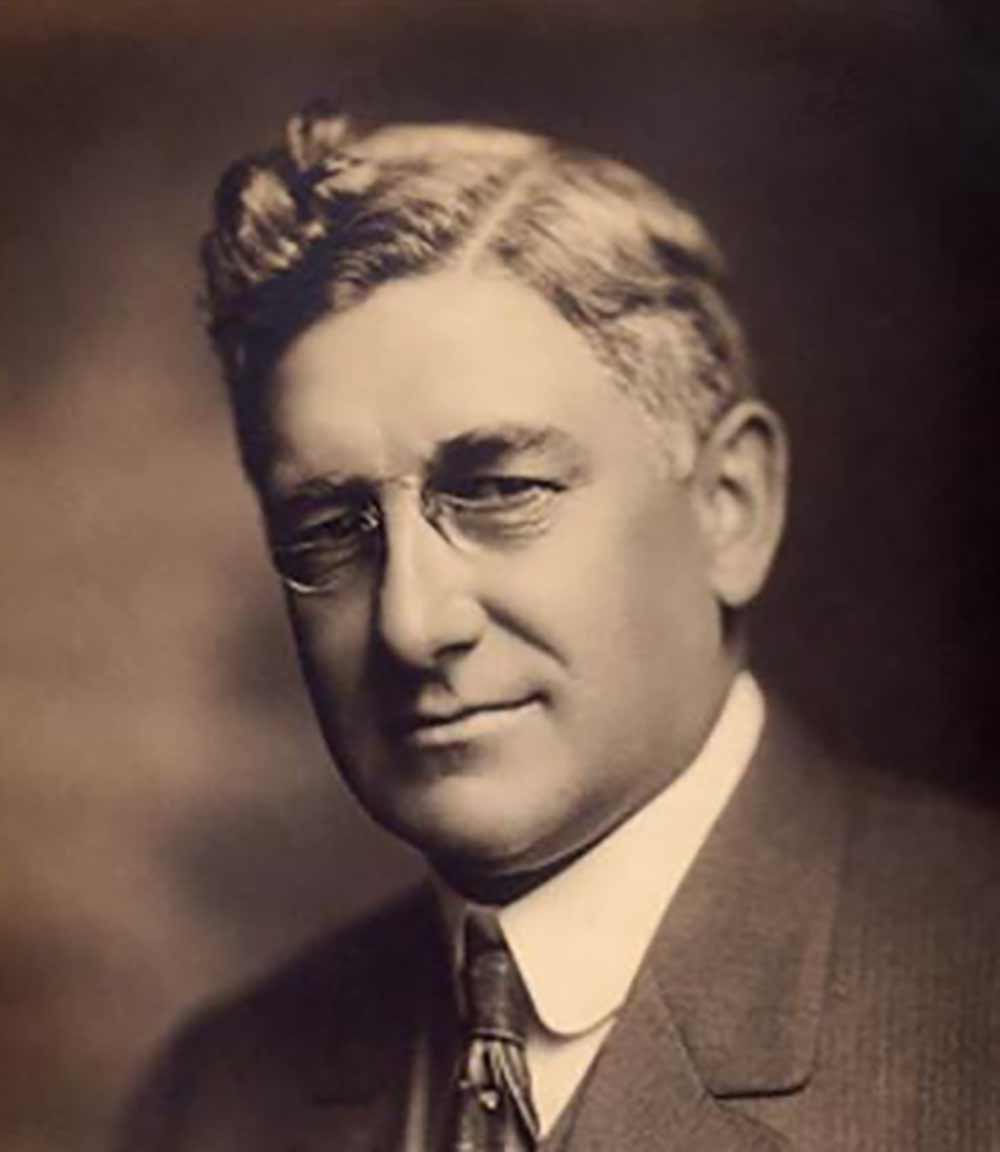
George Safford Parker (1863-1937) was born in Shullsburg, Wisconsin, USA, on 1st November, 1863. He was an industrialist and inventor. He graduated from Upper Iowa University in Fayette, Iowa, USA. in 1888 he founded the Parker Pen Company and the next year he received his first US fountain pen patent. By 1908, Parker factory on Main Street in Janesville was apparently recognised as the largest pen manufacturing facility in the world. The Parker 51 pen was sold for more than $400 million worth through its history. His brand was one of the first brands that had a presence worldwide. The company was moved to New Haven, East Sussex, England, in 1987.
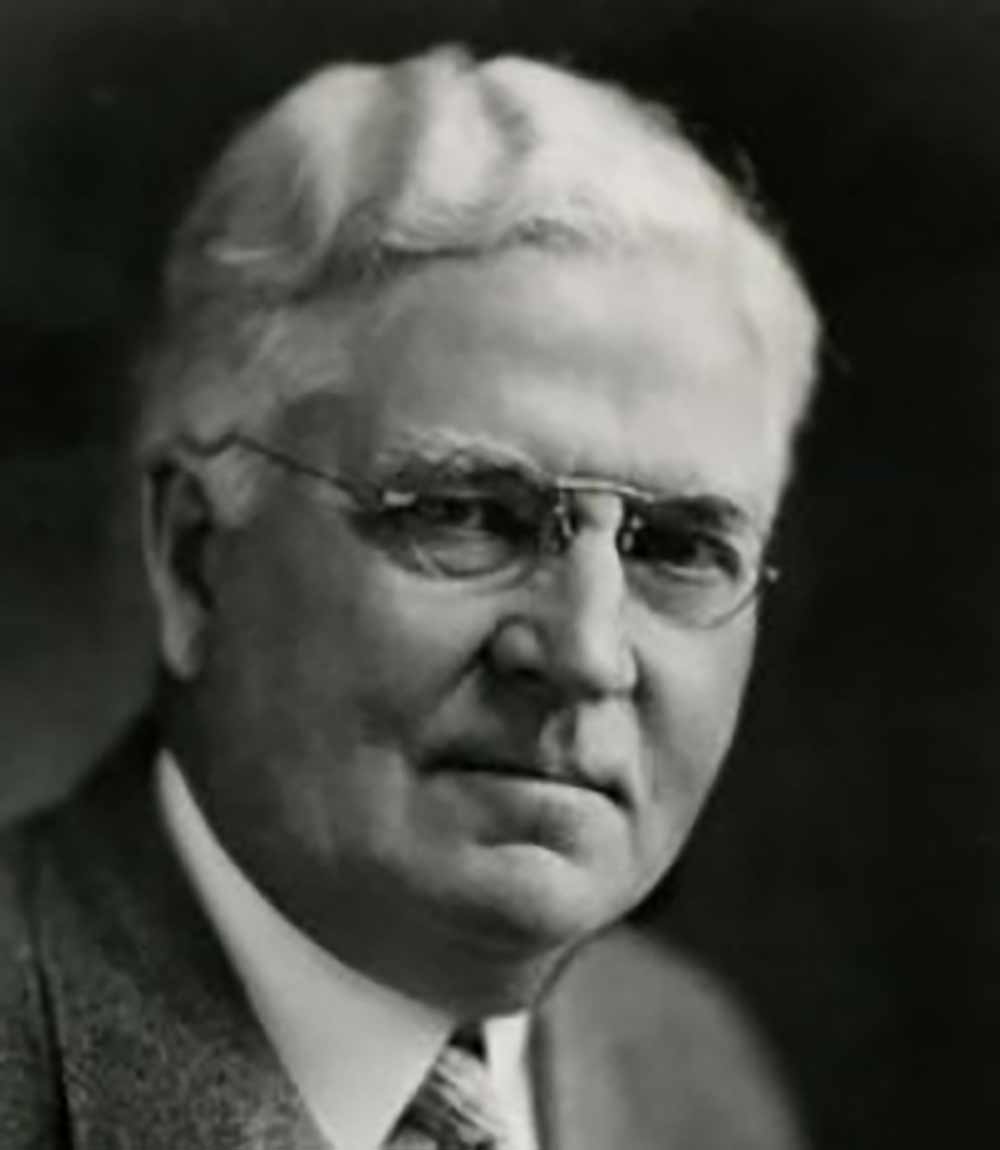
Walter A. Sheaffer (1904-1986) was an American inventor and businessman who developed the first commercially successful lever-filling fountain pen and founded the W.A. Sheaffer Pen Company. Walter A. Sheaffer was born in Bloomfield, Davis County, Iowa, on July 27, 1867. Inspired by the success of self-filling fountain pens—notably, Conklin’s—Sheaffer turned his attention to inventing a self-filling mechanism. He received his first fountain pen patent in 1908, for a lever-filler. The new business was incorporated at the end of January 1913 as the W.A. Sheaffer Pen Company. Within ten years, the company had joined the top rank of American pen manufacturers, and was advertising nationally.
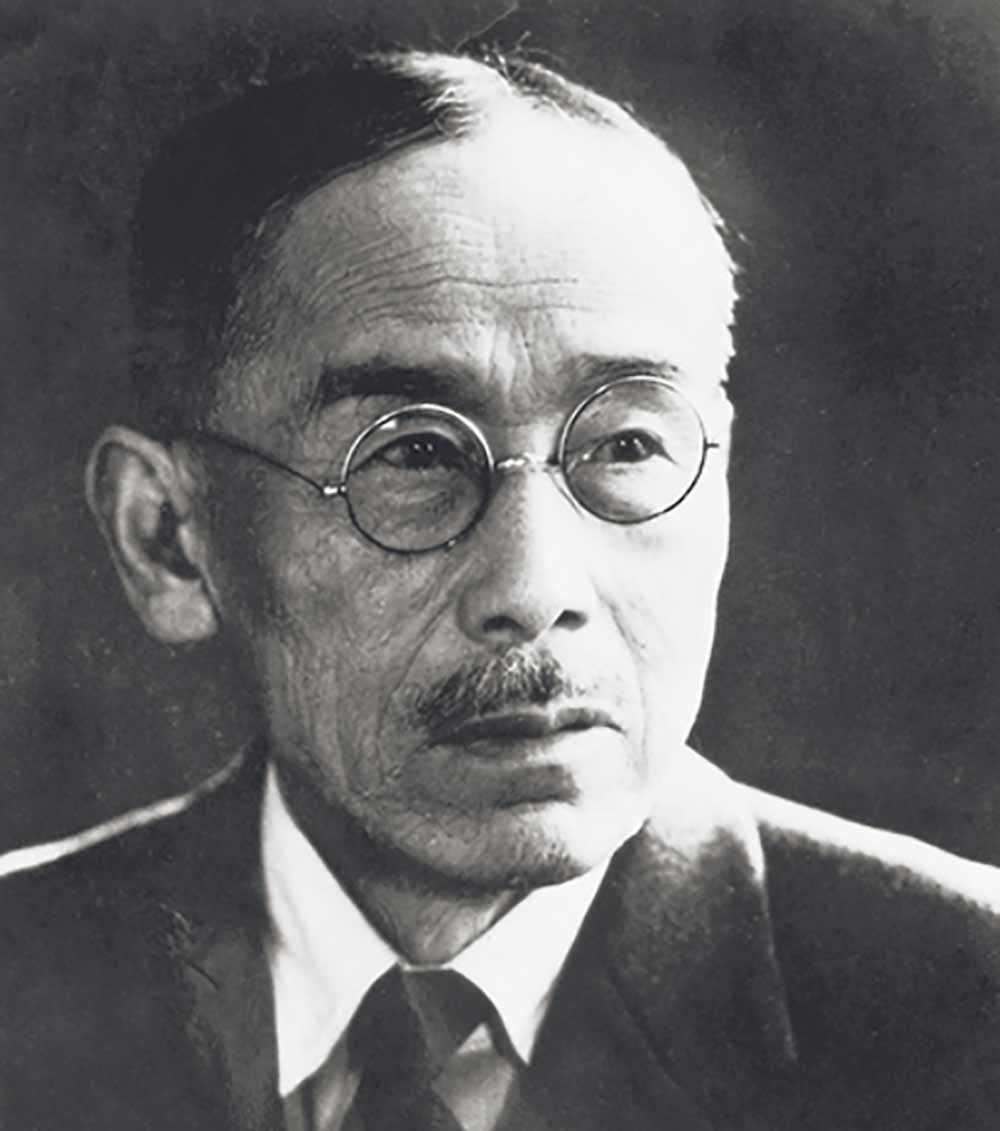
Ryosuke Namiki -“Namiki” is the surname of Ryosuke Namiki from Japan, the founder of the Pilot Corporation, named “Namiki Manufacturing Company” until 1938 when it became known as “Pilot Pen Co., Ltd.“. The Namiki brand was launched to market, with lacquer artists Shisui Rokkaku and Gonroku Matsuda invited to make fountain pens. Ryosuke Namiki and Masao Wada (founders of Pilot Co. in 1918) promoted their maki-e pens in Western countries. A Pilot Office was opened in London, England, and later a contract was signed with the Alfred Dunhill Ltd.
